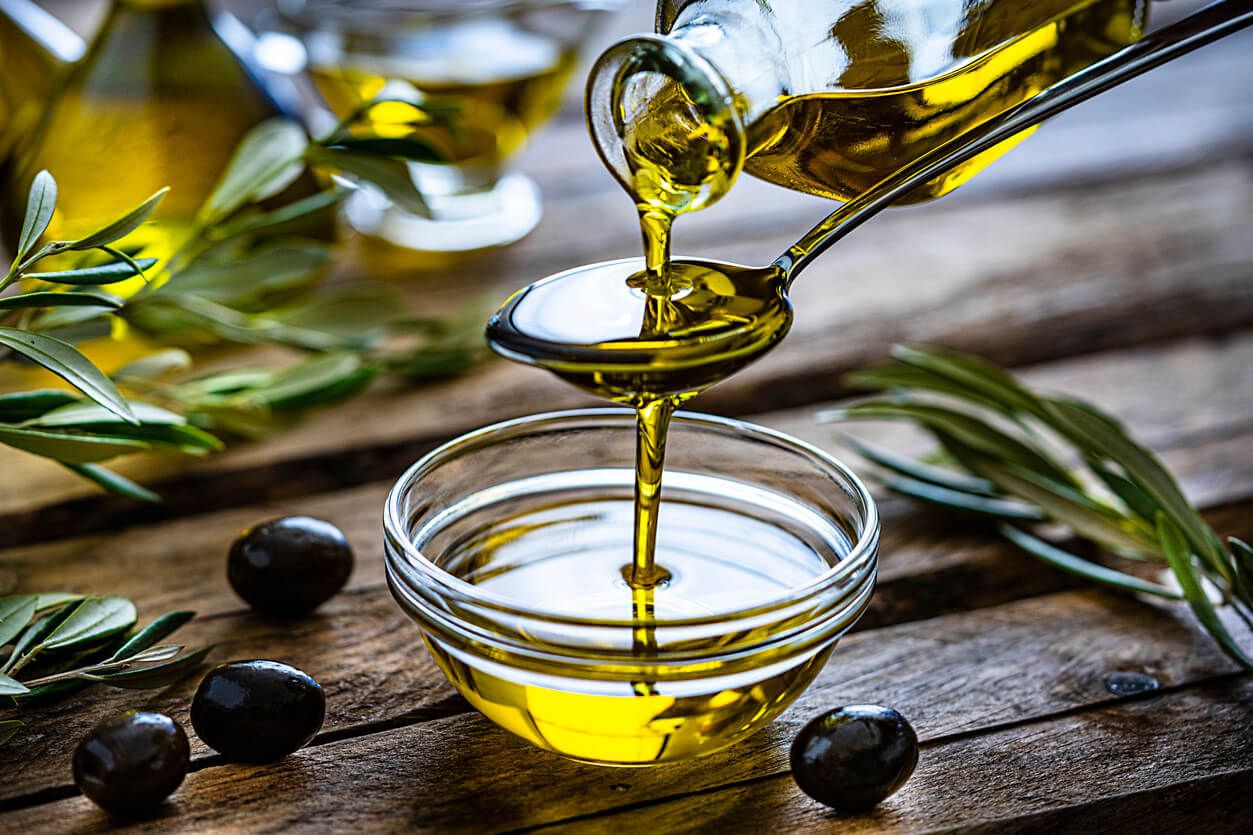Transitioning into a raw food diet or slowly introducing more and more natural foods is an excellent means of feeding your body the nutrition it needs. You would also think that this boost in much-needed nutrition would result in better dental health. Unfortunately, it's a bit more complicated when it comes to tooth care. Many factors not just related to your diet and lifestyle can potentially influence the condition of your teeth.
Things like the medications you take, your genetics, whether you've had the chance to maintain your teeth properly, or access to a dental health care provider also affect teeth. These factors can all influence your teeth well before you are on a raw diet eating more natural foods.
Our teeth are also very prone to being damaged by raw food, primarily through the corrosion of the enamel. If our teeth' enamel begins to erode or have already started to corrode, this exposes our teeth to potentially more severe issues.
Many of us have grown up hearing the adage that if you overeat candy, candy contains a lot of sugar, and a lot of sugar equals a lot of cavities and tooth decay. However, many of us forget that as nutritious as the raw fruits and vegetables are that we eat, some also have acidity. Acidity can damage our teeth' protective enamel, leading to severe tooth decay and damaged gums.
When the acidity within our mouth is elevated, it can begin to erode our tooth enamel.(1) But how?
How High Acidity Corrodes Tooth Enamel
Enamel is the thin outer covering of the tooth. This is a tough shell that is the hardest tissue found in the human body. Enamel covers the crown, which is the part of the tooth we can see visible outside of the gums. As enamel is translucent, light can be seen through it, but the central portion of the tooth, called the dentin, is the part that is responsible for your tooth color—whether that color is bright white, off white, grey, or yellowish. Sometimes coffee, tea, soda, red wines, fruit juices, and cigarette smoking will stain the enamel on your teeth. Regular visits to a dentist for routine cleaning and polishing can help remove most of these surface stains to help keep your teeth healthy. Enamel is a crucial part of your teeth, protecting them from daily use such as chewing, biting, crunching, and grinding. Although it is rugged protection, it can chip and crack or become weakened. Enamel is also responsible for protecting your teeth from painful temperatures and chemicals. When it begins to erode, you may notice that hot or cold foods, drinks, sweets, or food may cause pain. This is because these can get through minuscule holes in your enamel and into the nerves inside your teeth. Unlike a broken bone that can be repaired, once the enamel is eroded or a tooth is chipped, cracked, or broken, the damage is done forever. Enamel contains no living cells. Our bodies cannot repair major enamel loss. Tooth erosion happens when acids begin to wear away the protective enamel on our teeth. It's called demineralization. Once the dentin of our teeth is exposed, this leaves your tooth vulnerable to plaque and the bacteria in plaque, which can then cause tooth decay. Calcium is a critical ingredient in building strong teeth. Unfortunately, exposing your teeth to acid can begin leaching that calcium from your enamel, which is what causes this protective barrier to break down.What Fruits or Juices are High in Acidity?
What is acidity? Acidity has a pH value, and that pH value can tell you whether something is an acid, a base, or a neutral. For example:- A pH of 0 indicates a high level of acidity
- A ph of 7 is neutral
- A pH of 14 is the most basic or alkaline.
- Juices made with limes and lemons. They rate between a 2 and 8 on the pH scale, which is one of the reasons they often taste bitter and need to be mixed with water, other fruits, or sweeteners.
- Fruits that are often made to create juices, such as apples, tangerines, grapefruit, oranges, peaches, pears, strawberries, and blueberries, all have roughly the same level of acidity, with pH scores ranging from 1 to If your juice includes a banana or two, the acidity may be slightly less.
- Juices created from vegetables contain significantly less acidity than fruit juices, but the pH level varies depending on the mix of vegetables used. For low pH vegetable juices, try using spinach, cucumbers, and celery. All of these vegetables have pH scores in a range of 1 to 6+.
- Tomatoes are technically a fruit, so the pH of tomato juice, in a range of 3 to 9, is more acidic than many other vegetable juices.
Which Fruits, Vegetables, or Juices are Low in Acidity?
Although most fruits are somewhat acidic, some are considered alkalizing, or fruits that are lower in acid can help keep the acidity in your mouth lower and help protect your teeth. The fruits or types of juices which are low in acidity are:- Carrot juice
- Aloe vera juice
- Cabbage juice
- Beets
- Watermelons
- Spinach
- Cucumber
- Pear
What are some other low-acidity drinks?
- Herbal teas
- Plant-based milk
- Water
- Unsweetened coconut water
How Do You Minimize the Acidity In Your Mouth?
Along with proper oral hygiene at home and regular dentist visits, you can reduce your enamel damage in a few different ways.- Always rinse your mouth with clean water after chewing, eating, or drinking acidic foods.
- Don't immediately brush your teeth after a meal, snack, juice, or high-acidity drink. Your saliva is a neutralizer that needs time to remineralize your enamel. It is better to rinse your mouth with water and then brush at least 30 minutes later. Brushing your teeth when your mouth is still too acidic may end up causing more erosion as your enamel becomes softer from the acidic effect of certain foods.
- Limit the acidic fruits or juices you consume and try to eat more green leafy vegetables. Green leafy vegetables are generally your best bet to help replenish the enamel-building minerals in your mouth that will assist in reinforcing your enamel.







